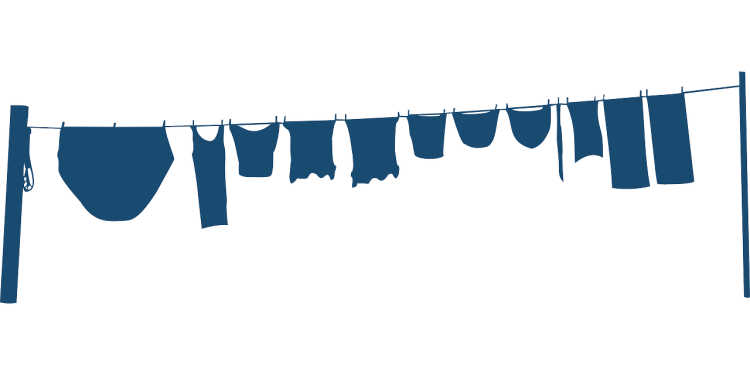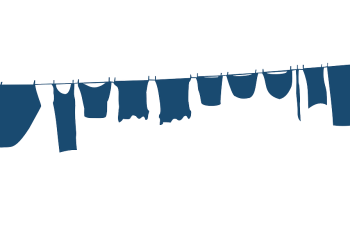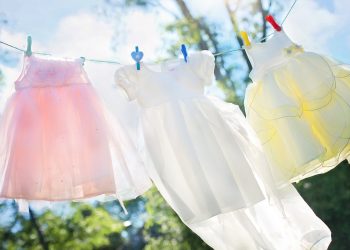The concept of renting clothes has gained popularity in recent years as a sustainable and cost-effective alternative to buying new garments. From designer gowns to everyday outfits, clothing rental services offer a flexible solution for fashion lovers who want to stay trendy without contributing to overconsumption. But is renting clothes truly worth it? Let’s explore the benefits, challenges, and best practices of clothing rental to help you decide.
The Rise of Clothing Rental Services
Clothing rental services cater to a variety of needs, from special occasions to daily wear:
- Occasion Wear: Rent designer dresses, suits, or formal attire for weddings, parties, and events.
- Everyday Fashion: Subscription services offer access to rotating wardrobes, allowing users to refresh their style regularly.
- Sustainability: By sharing clothing among multiple users, rental services reduce waste and extend the lifespan of garments.
Companies like Rent the Runway, Nuuly, and HURR have become household names in the rental market, making fashion more accessible and eco-friendly.
Benefits of Renting Clothes
Renting clothes offers several advantages that appeal to both fashion enthusiasts and environmentally conscious consumers:
- Cost Savings:
- Renting allows access to high-end or designer items at a fraction of the retail price.
- Eliminates the need to purchase expensive outfits for one-time events.
- Sustainability:
- Reduces the demand for fast fashion and overproduction.
- Minimizes waste by reusing clothing rather than discarding it after limited use.
- Variety and Experimentation:
- Provides an opportunity to try different styles, trends, and brands without long-term commitment.
- Ideal for those who enjoy switching up their wardrobe frequently.
- Convenience:
- Rental services often include perks like dry cleaning and free delivery.
- Simplifies the process of finding outfits for specific occasions.
Challenges of Renting Clothes
Despite its benefits, clothing rental has its drawbacks:
- Cost Over Time:
- Subscription fees or repeated rentals can add up, potentially exceeding the cost of owning similar items.
- Fit and Availability:
- Finding the right size or style can be challenging, especially for unique body types.
- Popular items may be unavailable during peak seasons.
- Environmental Concerns:
- Shipping and dry cleaning contribute to carbon emissions and water usage.
- Frequent transportation of garments negates some of the environmental benefits.
- Wear and Tear:
- Rented clothing may show signs of use, such as minor stains or wear.
Weighing these factors is essential to determine if renting aligns with your lifestyle and values.
When Renting Makes Sense
Clothing rental is particularly beneficial in certain situations:
- Special Events:
- Weddings, galas, or photoshoots often require outfits that may not be reused frequently.
- Seasonal Changes:
- Rent heavier coats or seasonal staples for short-term needs, such as vacations.
- Minimalist Lifestyles:
- Renting supports a minimalist approach by reducing wardrobe clutter.
- Fashion Experimentation:
- Try bold trends or designer brands without committing to a purchase.
Renting is a practical choice for specific occasions and transitional periods in your wardrobe.
Tips for Renting Clothes
To make the most of clothing rental services, follow these best practices:
- Plan Ahead:
- Book items well in advance, especially for popular seasons or events.
- Consider backup options in case your first choice is unavailable.
- Understand Policies:
- Review rental terms, including return deadlines, late fees, and damage policies.
- Check for insurance coverage on high-value items.
- Prioritize Fit:
- Use sizing guides and read reviews to choose the best size.
- Opt for services that offer free returns or exchanges.
- Care for Items:
- Handle rented clothing with care to avoid additional charges for damages.
- Follow any provided care instructions.
Being prepared ensures a smooth and enjoyable rental experience.
Comparing Renting to Buying
Renting clothes isn’t always the best choice. Here’s how it compares to buying in different scenarios:
- Short-Term Needs:
- Renting is ideal for single-use items like evening gowns or costumes.
- Everyday Basics:
- Purchasing quality staples, such as jeans or T-shirts, is more cost-effective in the long run.
- Sustainability:
- Both renting and buying second-hand contribute to sustainability, but renting can generate emissions from shipping and cleaning.
- Personal Preference:
- Renting suits those who enjoy variety, while buying appeals to those who value ownership and long-term use.
Assess your needs and priorities to decide whether renting or buying is more practical.
The Future of Clothing Rental
As the fashion industry evolves, clothing rental is expected to grow:
- Technological Advances:
- Improved algorithms and virtual fitting tools will enhance the user experience.
- Expansion of Services:
- More brands and retailers are likely to offer rental options as part of their business models.
- Sustainability Focus:
- Companies will adopt greener practices, such as carbon-neutral shipping and eco-friendly cleaning methods.
The rise of clothing rental reflects a broader shift toward sustainable and flexible fashion consumption.
Renting clothes can be a valuable addition to your fashion choices, offering flexibility, sustainability, and access to unique pieces. By understanding its benefits and limitations, you can decide if this option aligns with your lifestyle and wardrobe needs.








